Drought has become a major concern in the past year, with the nation’s largest reservoirs at historically low levels. Both Lake Mead and Lake Powell are extremely low and scientists are warning that they will likely never be full again. These two reservoirs not only provide water to much of the Southwest, but a lot of electricity as well.
California is already having problems with not being able to produce enough electricity to meet their needs. With the drought that has struck that state, they are looking at losing as much as 10% of their electric generating capacity, as hydroelectric plants will have to be shut down for lack of water. Other reservoirs across the country could face the same problem within the next few years.
According to scientists, there’s no question that we have several more years of drought to look forward to. Considering that our need for water is always on the rise, that’s not good news. Adding to that problem is the fact that some of our most important aquifers are slowly drying up, with the water level dropping slowly. That’s not really a fixable problem, as it takes years for water to seep down through the ground to where the aquifers are. There’s no way enough water will filter down during a time of drought.
This Device Easily Turns Air Into Water!
Unless municipalities come up with alternate sources for water, we can expect to see more and more water rationing being implemented in the years to come. Those along our nation’s shorelines can turn to saltwater desalination; but that has become a political hot-potato in a lot of places, as extreme environmentalists complain about how it will destroy the underwater ecosystem around where the effluent is discharged (it won’t). Even so, that only accounts for a small percentage of our nation’s municipalities. Phoenix can’t exactly pipe seawater to town, just to desalinate it.
What this all means for you and I, is that we probably aren’t going to need to wait for a major disaster to find ourselves in a position where we’re going to need to provide at least some of our own water; even if we are still receiving water from the city. I can easily see a situation where we aren’t allowed to water our gardens or use water for other important purposes, just to avoid receiving a fine from the city.
Many of us use rainwater capture as a means of harvesting water and a few of us actually have wells. Even so, we shouldn’t just count on one water source, any more than we should count on the city’s water supply. With the drought situation, we need to be ready for anything.
Greywater Usage
One of the easiest ways to conserve water is through the use of greywater recycling. Our homes really aren’t designed for this, but that doesn’t mean that we can’t use it, with a few minor modifications. Back when my kids were still living at home and we had five people showering every day, I managed to water my vegetable garden and fruit trees almost exclusively with greywater.
A designed greywater recycling system consists of a storage tank for the greywater, with separate drainage systems to allow the greywater from bathing to go to that tank. Additional plumbing is needed to give access to that water, making it usable. Doing all that to an existing house would be cost-prohibitive, as well as extremely difficult. But that doesn’t mean that we can’t make use of that greywater at all. Greywater is a great source of water for your garden, without having the city’s water department complaining about how much water you’re using.
Before doing anything, be sure that you know exactly how your home’s drain pipes run. You can’t use water from the toilets (called black water) or from the kitchen sink as greywater. Many times, the greywater from the bathrooms dumps into the same drain pipe as the toilet, making it more difficult to isolate just the greywater for use. That doesn’t mean it’s impossible; just that it requires a bit of replumbing to get the desired results.
One of the tricks that architects use, to try and reduce construction costs, is to collocate as much of the plumbing as possible. So, you’ll find that bathrooms and the kitchen are all in the same part of the house, even if doors open up to opposite directions. This means that there might only be one main drain pipe going down through the center of this area, with everything connecting to it. You’re often better off trying to do greywater recycling on a home that the original homeowner built themselves, as they don’t know those tricks and will often have separate drain pipes going down to foundation or basement level, where they will connect.
It’s actually easier to make use of greywater in a two-story home, than it is in a one-story. With a two-story home, the bathtubs and showers drain down to the first floor, giving you gravity feed for the water. In some homes, especially in the South, the drain pipes for those tubs and showers may even go down the outside wall, making it easy to cut into them and divert the water.
If you don’t have a two-story home, you may have to put in a sump and sump pump to be able to utilize the greywater from your home, as the drain pipes will be at the same altitude, or lower, as the garden. This isn’t really that much of a problem, especially if you have a basement. The sump pump will turn on automatically, watering your garden from the greywater that has been captured.
Another easy place to cut into and gain access is the drain pipe for the clothes washer, especially if it is on the outside wall of the home. While most gardening experts will say that you shouldn’t use the water from your washing machine to water the garden, I have had no problem whatsoever with the soapy water from my washing machine damaging my fruit trees.
Fog Catchers
Another thing to consider for water is building fog catchers. I live in a fairly arid area, yet I was able to get enough water from a small fog catcher to take care of my dogs. I was going to build another one for the chickens, but never got it built.
All air has a certain amount of water vapor in it. This is usually higher at night, as colder air can hold a higher amount of water vapor. When morning comes and the air starts warming, it can’t hold as much water. Therefore, the water condensates on any surface which is cooler than the air. The most common places we see this condensation is on car windows and grass; but it can happen almost anywhere.
Fog catchers take advantage of this change in air temperature and its effect on the humidity in the air, providing someplace for the moisture to condensate into water. That water is then channeled into a container, so that it can be used. There are billboard-sized fog catchers in some parts of the world, catching quite a bit of water; but the one I built was only about one meter square and it still caught enough water for my dogs.
The key to a good fog catcher is the material used for the net that the water condensates on. I used 50% shade fabric, mostly because I had it available. I’ve also seen screening material and polystyrene netting used. The main thing that I’ve noticed is that a tighter weave, with more strands, works better than a simple square weave, like screening has.
To turn that material into a fog catcher, fold it over lengthwise and make a pocket out of it, sewing the two edges adjacent to the fold. Assuming the material used is wide enough, you should end up with a pocket that’s roughly a yard or meter wide, by the same length. This will need something to hold it rigid one-half inch copper plumbing pipe and elbows work well for this frame. Solder the frame together, slide it into the pocket and sew the open end closed.
Ideally, you want to mount the fog catcher so that it is facing the wind, with the maximum possible area exposed to your prevailing wind. You’ll need some sort of stand to hold the frame in place, which can be a simple H-frame, made out of wood. Make the stand wide enough so that you’ll need to use short standoffs between the frame and the fog catcher. That way, water that has condensed on the edge of the fog catcher won’t go onto the wood. Attach the fog catcher to the frame with screws, using short pieces of PVC pipe or tubing for standoffs.
The other thing that’s needed is a catch basin for the water that’s being collected by the fog catcher. Water will condensate on the fog catcher, forming drops which will work their way down to the bottom. It is there that we need something to catch the water.
An easy way to make a catch basin is to cut a piece of 3” or 4” PVC pipe and glue caps to both ends. Then cut the pipe and cap assembly in half, lengthwise. This can then be mounted to the H-frame, ideally under the fog catcher, but above the crossbar. Drill a hole in one of the end caps and thread it for a brass fitting. Then install the fitting, attaching a piece of clear plastic hose, going down to a water container or to the dog’s water bowl. This system should produce water every day, although there will be some days that it will produce more than others. Ideally, you want to have a large enough fog catcher so that it produces enough water for your animals’ needs on days when it is not producing much. Better to have too much water, than not enough. The excess can always be diverted to other uses.


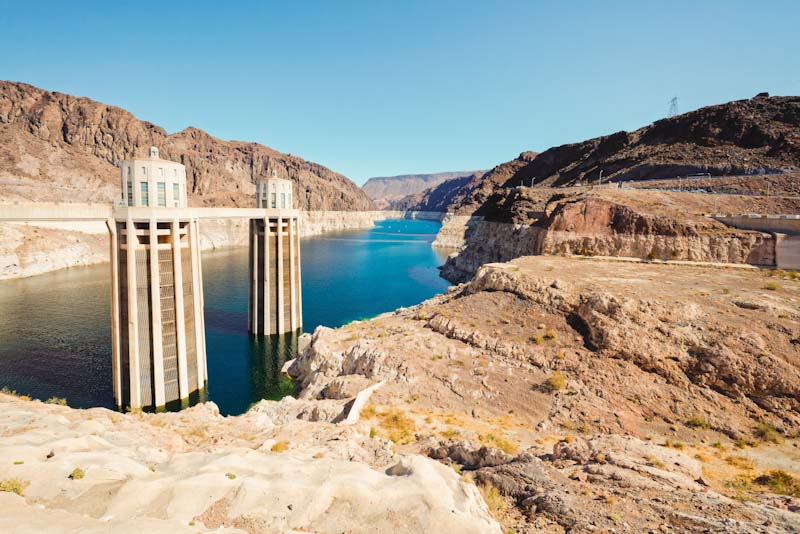

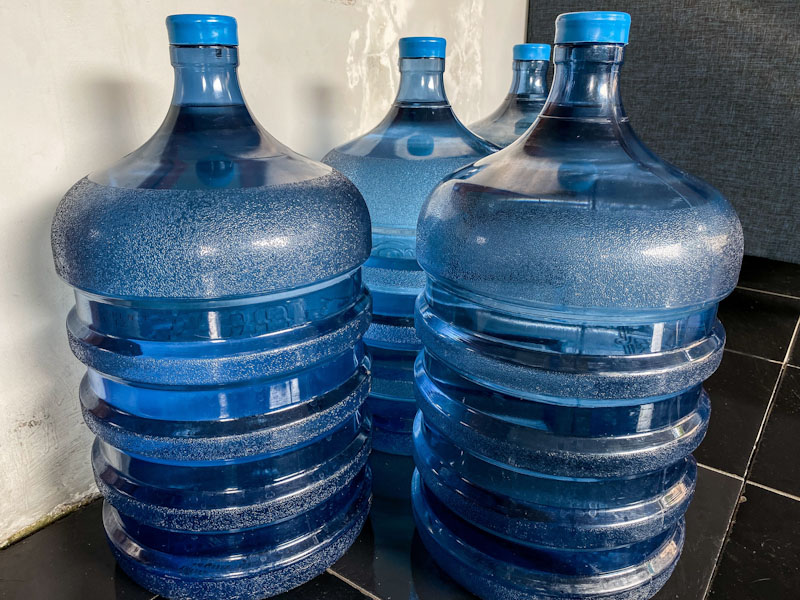
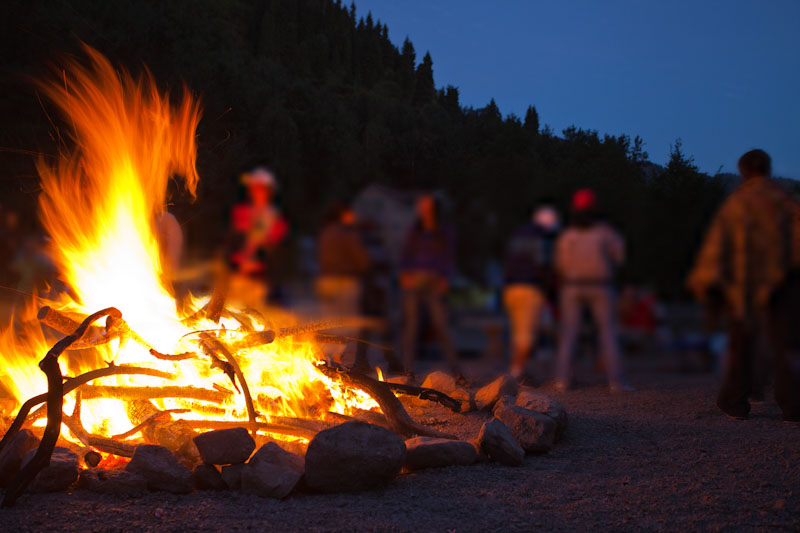
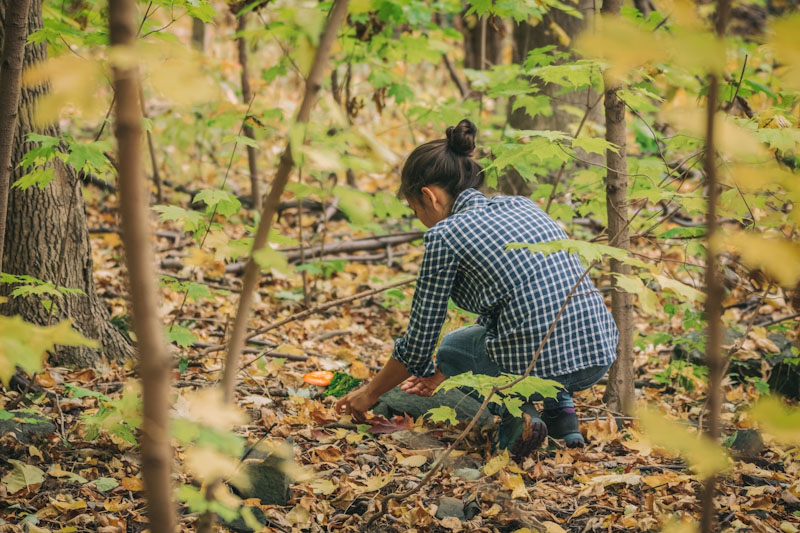
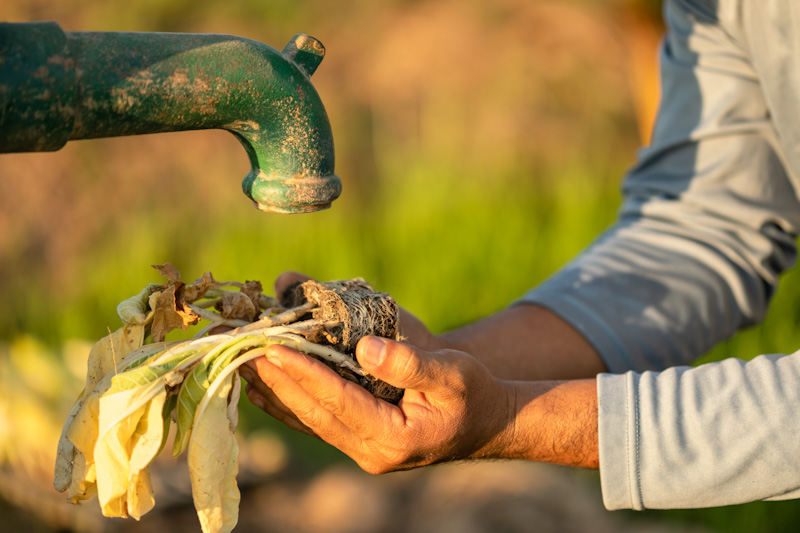


Tom MacGyver | October 26, 2022
|
The previous owner of my house installed a greywater drain for the washing machine. This has two benefits. It provides a source of water for irrigation. It also keeps the bleach and detergents from the washer from entering the septic tank, where it would kill the digestive enzymes in there and would also put an additional burden on the leach field. It empties out into the lawn right now, but could be run to a holding tank or cistern if necessary.
I keep a 5-gallon bucket in the bathtub to catch the “warm-up water” from the shower. If this bucket is kept clean there’s no reason the water caught can’t be consumed. I use mine to irrigate a raised bed garden and to keep a water feature full.
Another “water from air” method is to catch the condensate runoff from your A/C. You’re running the A/C and producing this water as a byproduct. You’ve paid for the energy to produce the water. You might as well use it! Even in my desert Southwest location, I glean 3-6 gallons of water per day from the condensate drain! This is coming from air with 25-50% humidity; sometimes less than that. If you live in a more humid clime, you’re going to need a bigger catch container!
Shaun | May 7, 2023
|
Doesn’t evaporative cooling negate the practicality of this? I’m confused at how much water “fog” collection would generate. Unless one were to try to “collect” it daily, like getting eggs from the coop.
Eric Miller | May 11, 2023
|
A small correction to your main article – warm air will hold more water, which is why it condenses out at night.
Karen Hahn-Brown | August 28, 2023
|
Photos would be nice. It’s not easy to picture this in my mind.
James Gregg | July 21, 2024
|
I “bought “ a device that captures water vapor from the air on Kickstarter, so when it comes in, I will let you know. I will warn that those who will try to short cut it with a dehumidifier to not do so. Dehumidifier’s will take water vapor out of the air. The problem is the machine will add toxic metal’s (from the components inside) in to the water doing it. It can be used for flushing toilets and by plants. Dehumidifier water also has the potential for bacterial growth if not drained right away.
Lisa | July 21, 2024
|
I’m using a dehumidifier. Depends on our humidity, can get a gallon about every 8-12 hours. and this is in the desert not known for humidity. The barn water is used for the garden. The inhouse water is run thru my water filtration system.